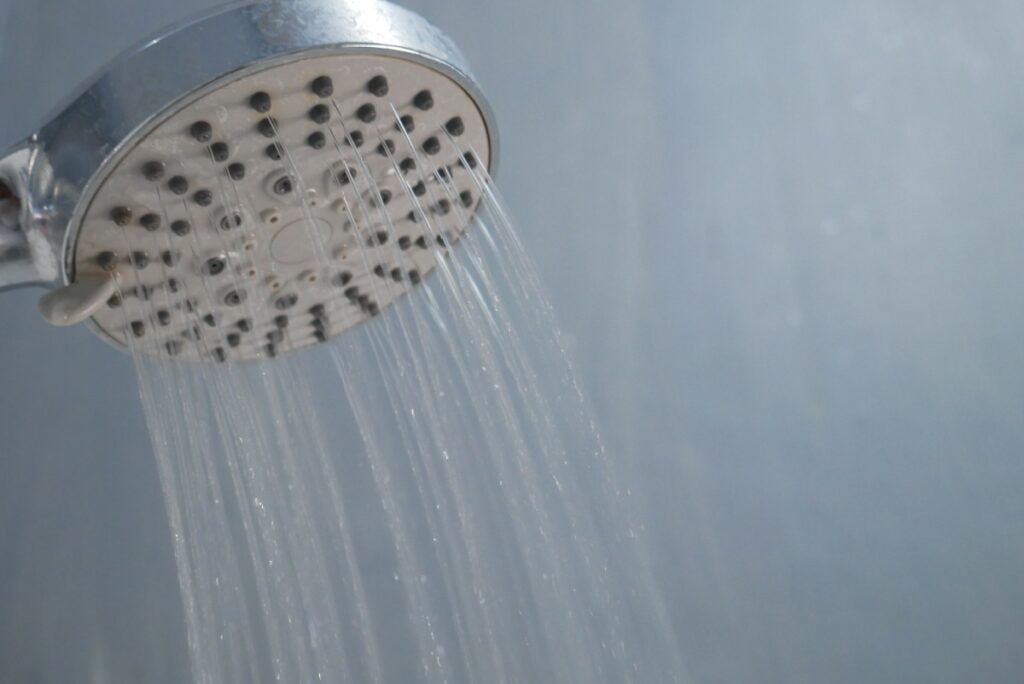Low water pressure can be incredibly annoying and disruptive to our daily lives. It affects everything from our morning routines to household chores, making simple tasks like washing dishes or doing laundry a time-consuming ordeal. If you’re experiencing this frustrating issue, all hope is not lost. First, you need to understand that there are several reasons why your home’s water pressure may not be up to par. In this blog, we’ll explore the common causes of low water pressure in your home and provide practical solutions to help you increase water pressure and restore comfort to your daily life.
What’s the Ideal Water Pressure for Homes?
Water pressure is typically measured in pounds per square inch (psi). Most homes should have water pressure between 40 and 60 psi. Anything below 40 psi is considered low, while pressure above 80 psi can be too high and potentially damaging to your plumbing system.
Common Causes of Low Water Pressure & How to Fix Them
So, what exactly causes your home’s water pressure to drop below 40 psi? We’re glad you asked because there may be a problem somewhere in your plumbing that requires immediate attention. Let’s take a closer look at the main reasons water pressure decreases:
Partially Closed Valves
One of the most straightforward causes of low water pressure is partially closed valves. The main shut off valve and water meter valve control the flow of water from the municipal water supply into your home. If either of these valves isn’t fully open, it can significantly reduce water pressure throughout your house. It’s a good idea to locate the main shut off valve and ensure it’s completely open. If you’ve recently had work done on your water lines, the water meter valve might not be fully open. Check with your water supplier to ensure it’s open all the way.
And, of course, you shouldn’t forget about the valves located at individual plumbing fixtures. Valves at sinks, toilets, and other fixtures might be partially closed. Double-check that they are fully open for optimal water pressure at each point of use.
Clogged Pipes
Over time, mineral deposits can build up inside your water pipes, restricting water flow and leading to low pressure. This is especially common in areas with hard water. These deposits can accumulate in both your main water line and the smaller branch lines that lead to individual plumbing fixtures. In severe cases, pipes may become so clogged that they require replacement or professional pipe repair.
If mineral deposits are causing widespread pressure issues, consider having your pipes professionally cleaned. Methods like hydro-jetting can effectively remove buildup and restore proper water flow.
Leaking Pipes
Hidden leaks in your plumbing system can cause a significant drop in water pressure. As water escapes through these leaks, less reaches your faucets and appliances. Not only does this result in low water pressure, but it can also lead to water damage and higher water bills. If you suspect a leak, it’s crucial to address it promptly to prevent further damage and restore proper water pressure.
Outdated Plumbing Fixtures
Sometimes, the problem isn’t with your pipes but with the fixtures themselves. Older faucets, showerheads, and other plumbing fixtures may have buildup or wear that restricts water flow. Replacing these outdated fixtures with newer, more efficient models can often solve localized water pressure issues.
Pressure Regulator Issues
Many homes have a pressure regulator, which controls the water pressure entering your home from the main supply line. If this device fails or is improperly adjusted, it can result in either too low or too high water pressure. Get it inspected by a professional plumber to prevent further headaches and issues.
Peak Usage Times
If you notice that your water pressure drops at certain times of the day, it could be due to high demand on the municipal water supply. During peak usage times, such as early mornings or evenings when many people are showering or using washing machines, the overall pressure in the system may decrease.
If your home consistently suffers from low water pressure due to its location or distance from the municipal water supply, installing a water pressure booster pump can help increase pressure throughout your plumbing system.
Problems With the Municipal Water Supply
Occasionally, low water pressure can be caused by issues beyond your property. Construction work, main breaks, or maintenance on the municipal water supply can temporarily affect water pressure in your area. If you suspect this is the case, check with your neighbors to see if they’re experiencing similar issues and contact your local water department for information.
Increase the Water Pressure in Your Home With Help From Roadrunner
Water pressure issues are, without a doubt, a nuisance, but understanding the common causes behind low pressure can help you address the issue effectively. Whether it’s a partially closed valve, clogged pipe, or water leak, there are solutions to restore and maintain optimal water pressure in your home.
If you’re experiencing persistent issues with low water pressure and need professional assistance, reach out to Roadrunner Air Conditioning, Heating & Plumbing. Our team of experienced plumbers can diagnose and resolve all your plumbing problems. We even offer emergency plumbing services to address urgent issues such as leaks, so you can count on our experts to be there when you need us the most. Contact us today to say goodbye to plumbing catastrophes!

